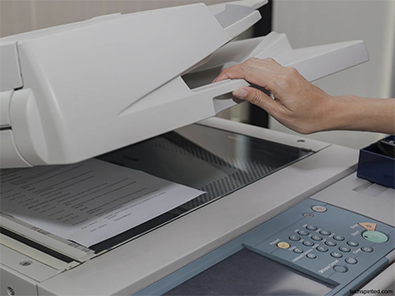You try to print a document from your computer, but then nothing happens. Or worse yet, the printer jam or flash its lights. In these situations, you need the basics in troubleshooting your printer.
Having basic knowledge on printer function as well as printer troubleshooting enables you to be equipped with technical skills. Moreover, it helps you save time and money. More information available here.
The printer is very crucial to any business because it produces a hard copy of all information about the business’ activities, such as meetings, announcements, reports, advertisements, and many more.
Sending the malfunctioned printer to the printer repair shop is good thing to do. However, it would be much better if you also know how to troubleshoot or repair your printer. Most printer companies have their troubleshooting manual in case the printer malfunctions.
The following tips will give you the troubleshooting techniques for printers.
- Turn off the printer as well as the computer. If the printer stops working suddenly, restarting the computer may be the first thing needed. After restarting your computer, turn on your printer. This will clear the printer’s memory and resolve the problem.
- Check the ink levels of the printer’s cartridge. Most printers stop working if the ink level is very low or if the cartridge is damaged. If the ink level of the printer goes down, it’s time to replace the cartridge.
- Check the printer’s setting. When checking your printer’s settings, be sure that the printer you are using is set as the computer’s default. The printer settings have a list of printers in the drop down box. Be sure to select the printer that is being used. You can also go to ‘Start’ and click ‘settings’. Then, select ‘Printers and Faxes’ and look for the non-working printer in the list. Right click and check if ‘Default’ is selected. If not, click ‘Default’ and then try to print again.
- Update the printer’s drivers. Access the manufacturer’s website of your printer. Search for drivers under ‘Support.’ Usually, a new driver has a patch used to address an issue.
- Check all connections. Check and ensure that all cords and wires are plugged in. if your printer is plugged in to a surge protector, confirm that it is properly working. Follow the cords to the back of the hard drive to ensure that those are also secure.



